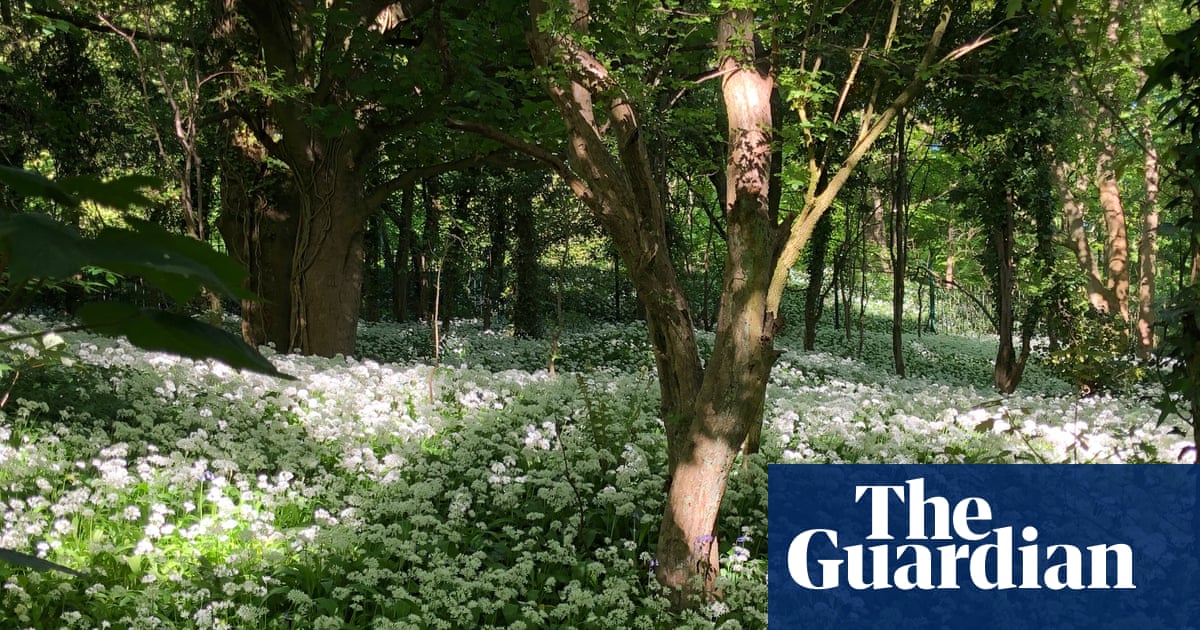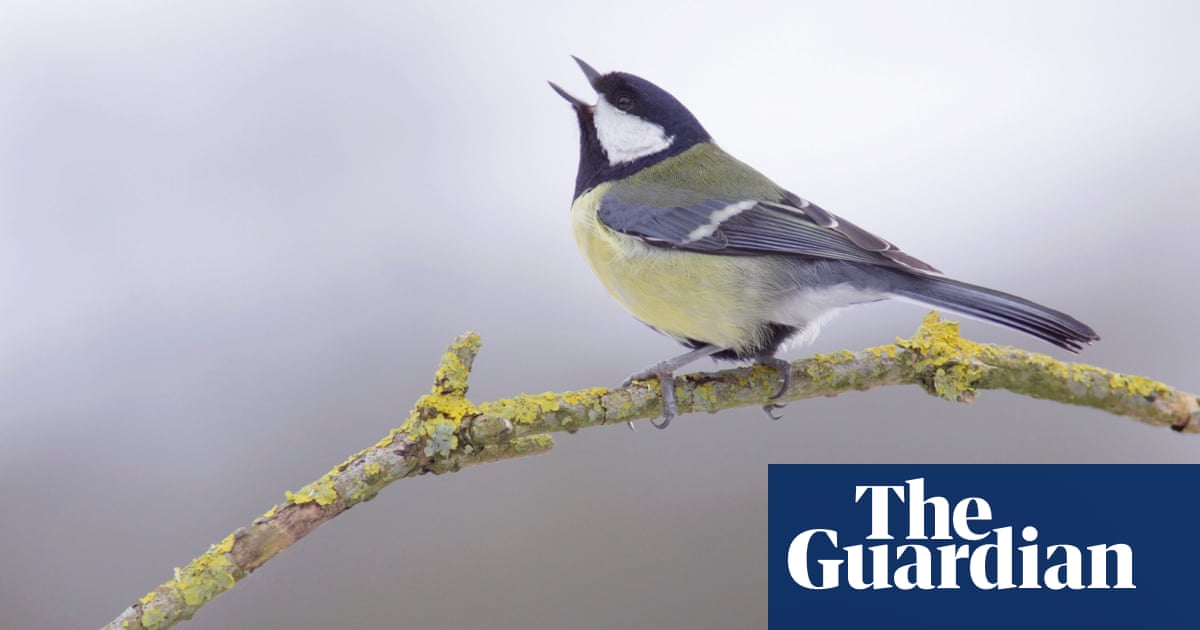
he longed-for, reassuring approach of spring seems more urgent than ever for the national psyche, scarred by the pandemic’s reminders of the tenuous nature of life and how quickly fortunes can change.
Searching for signs of spring on this grassy hillside, we found a half-buried brick, stamped with the name Straker – the last tangible evidence of one of the largest collieries in the county. Joseph Straker, like many owners, used clay from his mine to make bricks for the terraces that his workers rented.
The Brancepeth colliery was in operation from 1840 to 1967, when natural rewilding began, long before that term became fashionable. Today, puffs of downy white seeds drifted across the site from disintegrating seedheads of reed mace, thriving in silted reservoirs that once slaked the thirst of colliery steam engines. Redpolls, foreheads anointed with crimson, settled in the alders that have colonised the surrounding boggy ground, where a female reed bunting pecked at the remains of last summer’s marsh thistles.
Woodland regeneration – mainly well-spaced young oak, birch, ash and hawthorn – has reached that biodiversity sweet spot, where open, flowery grassland still remains. Three roe deer ambled between the trees, paused to watch us, ears pricked, before bounding away, white tails raised in alarm. Yellow hazel catkins shook when a kestrel lifted off from a branch, soared over our heads and hovered, searching for voles.
A drum roll from a great spotted woodpecker, announcing the start of its breeding season by hammering a dead tree, drifted across from mature woodland, which on old maps marked the eastern boundary of the colliery. It would have been familiar to generations of miners, waiting to go underground for another shift.
When an anxious crowd gathered around the pithead here one spring morning in 1896, some families would have been agonisingly aware of life’s cruel uncertainties. The previous evening, pit brakesman John Mould, responsible for winching miners down the shaft, felt a faint tremor. A misfiring shot of explosives 240 feet below had ignited coal dust. Twenty miners, from a 14-year-old to grandfathers, never emerged to feel the warmth of spring sunshine on their faces again.












